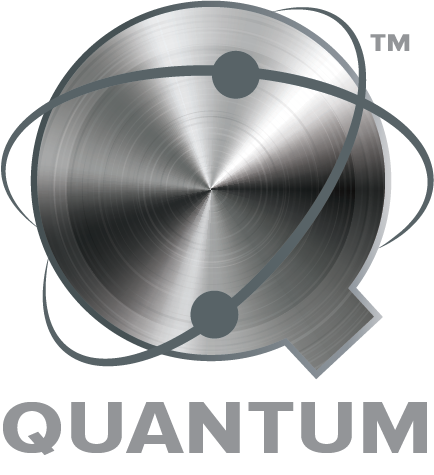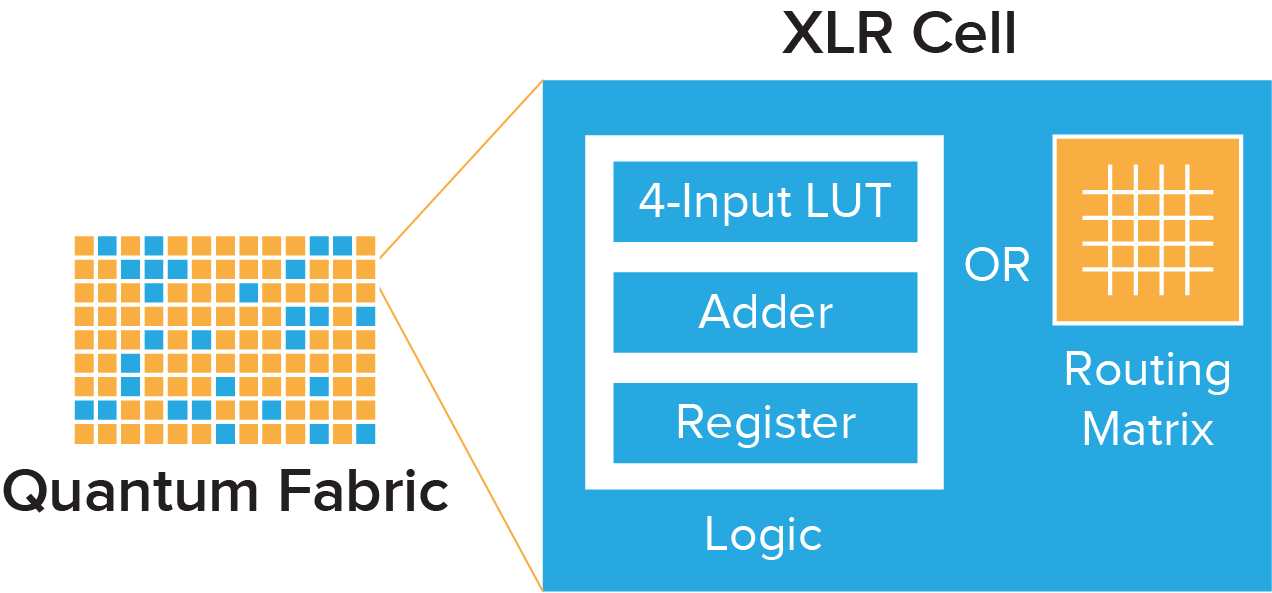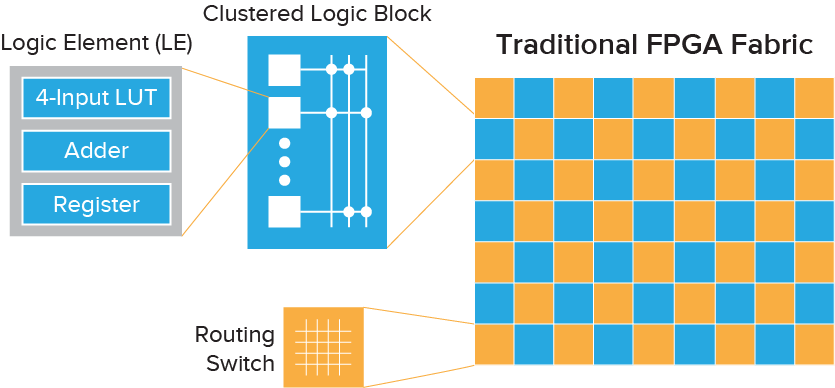Our Technology Innovation
Efinix designed the Quantum® architecture to be the leading programmable technology delivering the best power, performance, and area for silicon products. Our goal is to provide the most flexible programmable technology, tailored for compute-intensive applications including compute acceleration, machine learning, and deep learning.


